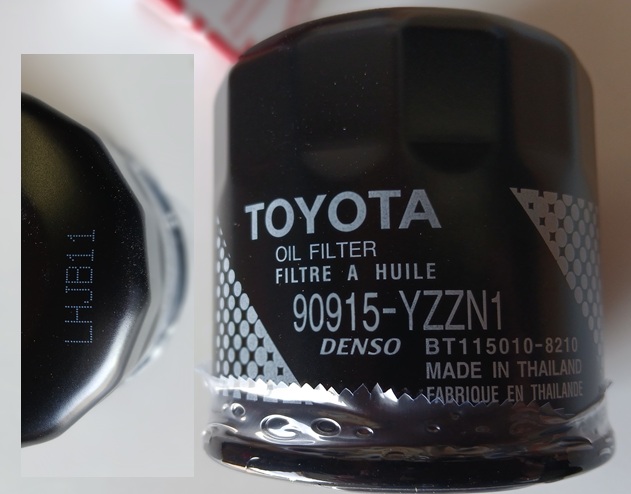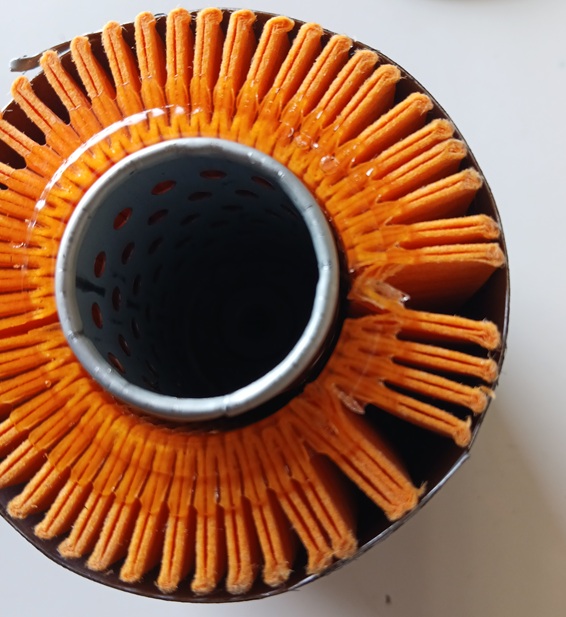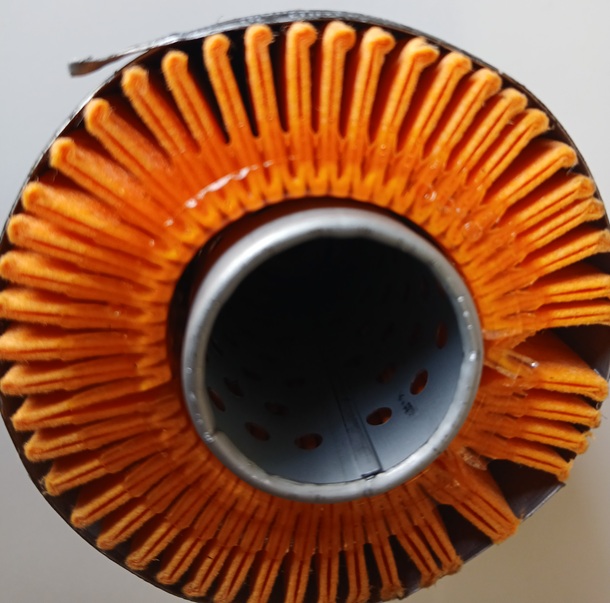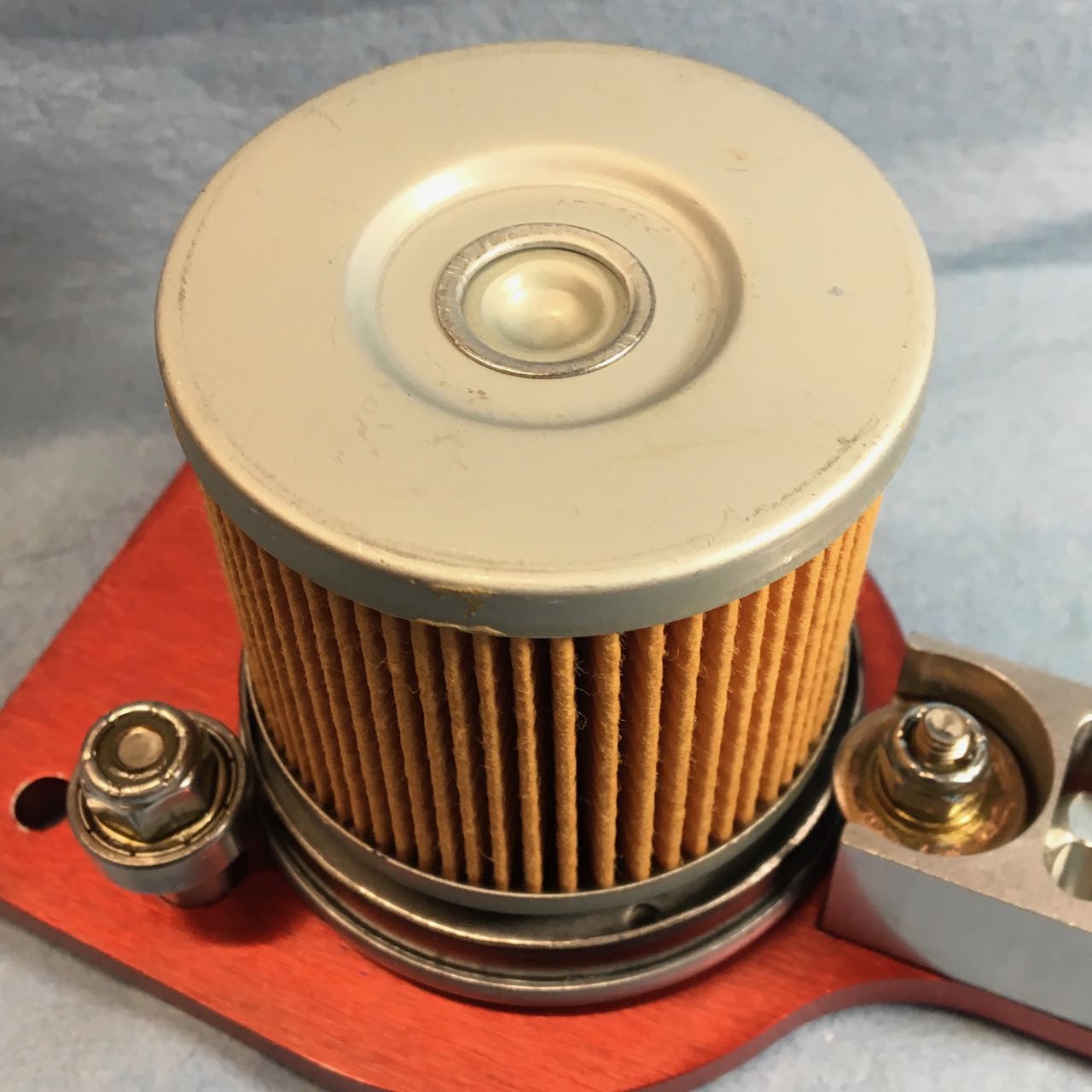Please elaborate, instead of being dismissive. Also, provide what you would suggest be done short of ISO sanctioned tests
They updated their equipment and procedures in the last particle count analysis of the Frams.
It’s by far the BEST “Bench Testing” on oil filters short of rigorous ISO tests. They even used the ISO particle packages!!
They have no axe to grind and remain impartial and agnostic in all their testing.
These tests could have easily gone “the other way “…. wonder what your opinions of this testing would have been if Endurance failed miserably? No doubt we would be seeing whole hearted approval!!




